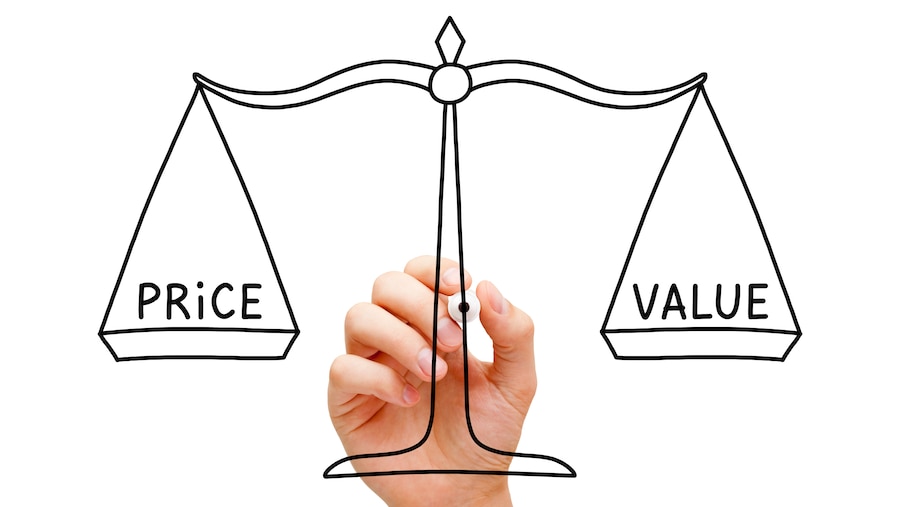For most small business owners, the most valuable asset they own is their business. But, if the owner needs to find out what the business is worth, determining its value isn’t as simple as looking up a stock price. For that, a business valuation is needed.
A business valuation is a formal process to estimate the value of a business. Business valuation is one part art and one part science. It relies on the professional judgment of an analyst who weighs the nature of the business, its financial performance, local and national economic conditions, values of assets and related liabilities, plus any unique know-how or proprietary technology to arrive at an estimate of the value of the business.
Here are some of the reasons your client (or you!) might need a business valuation:
- Change in ownership as part of succession planning or retirement
- Gifting shares of a business to children as part of a succession plan
- Merger or sale to another entity
- New shareholder or partner coming on board
- Raising investment capital
- Establishment or annual update of an employee stock ownership plan (ESOP)
- Going through a divorce
- Estate tax purposes
Whatever the reason, your client will be best served if an experienced professional performs the work. While no credentials are needed to perform a business valuation, hiring an analyst who has some kind of certification ensures their work will be performed according to professional standards. This result will be generally more reliable and more defensible, should the matter appear before a court.
Credentials (and the certifying organizations) include CVA (Certified Valuation Analyst – NACVA), ABV (Accredited in Business Valuation – AICPA) and ASA (Accredited Senior Appraiser – ASA).
Because every business is unique, there are no rule of thumb methods that will result in a reliable and defensible value. Valuation analysts use three main methods for their calculations. Which of the three – or possibly a combination of the methods – the analyst chooses in a specific situation depends on careful consideration of all relevant information. Overall economic conditions and changing demand for the products or services of a business may also play a role in the choice of method. The purpose of a valuation can also determine the most appropriate method.
Asset-based approach: This method frequently results in the lowest value and is commonly used to set a floor for the value of a business. An analyst using this approach will determine the fair market value of the assets less any related liabilities. This approach may look at the collection of assets as components of a business that will continue as an ongoing concern, or it may assume a liquidation value, as if the assets were to be sold at a fire sale.
Income-based approach: As the name implies, this method relies on the income the business generates. Typically, a weighted average of recent historical data is adjusted to result in a hypothetical stream of cash flows that a successor owner would receive. This stream of cash flows is then discounted to its present value.
To derive future cash flows, historical income is normalized for unusual and non-recurring items, and to reflect the actual costs that a successor would incur to keep the business operating. Non-cash items such as depreciation are removed. Owners’ compensation is one of the most common normalizing adjustments. This is because owners typically control how much they receive, and this pay may or may not reflect actual market rates.
In some circumstances, income projections into the future may be used if they are considered a more accurate reflection of future performance for the company. This is especially true for startups.
Market approach: With this method, an analyst will look at recent sales of comparable businesses as reported in databases compiled by business brokers. The analyst may need to adjust the actual sales prices to reflect differences between the businesses sold and the business being valued.
This method is most useful when there are enough comparable businesses that relationships between either revenue or net income and sales price can be determined. This method doesn’t work well if the business in question is unusual or if few similar sales of businesses can be found in the databases.
Business valuations can be pricy, but given the important role they can play in your clients’ financial futures, choosing the lowest bidder may backfire if the matter goes to court. Similar to choosing any specialist service provider, it’s wise to seek out a certified professional who has adequate and relevant professional experience.
